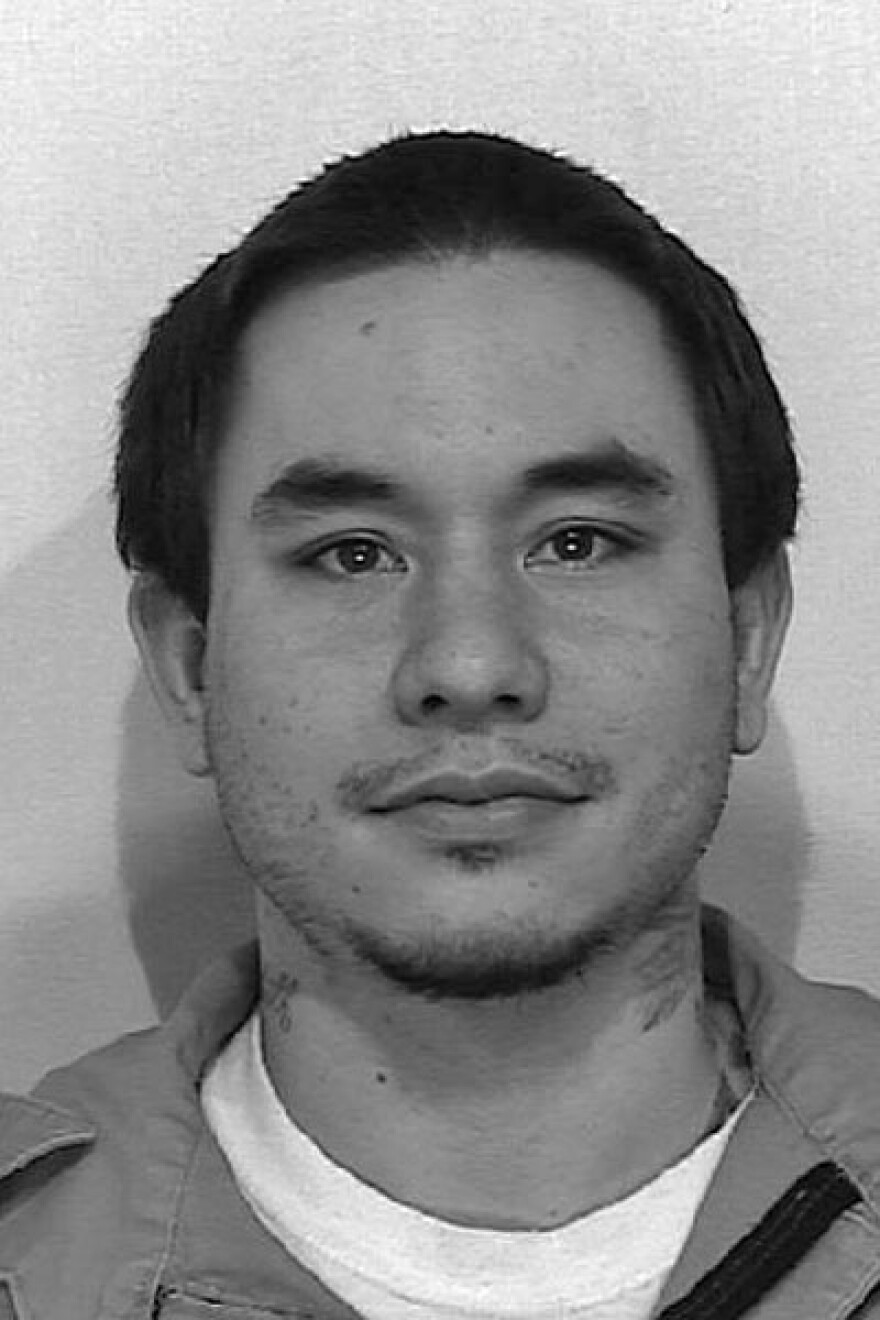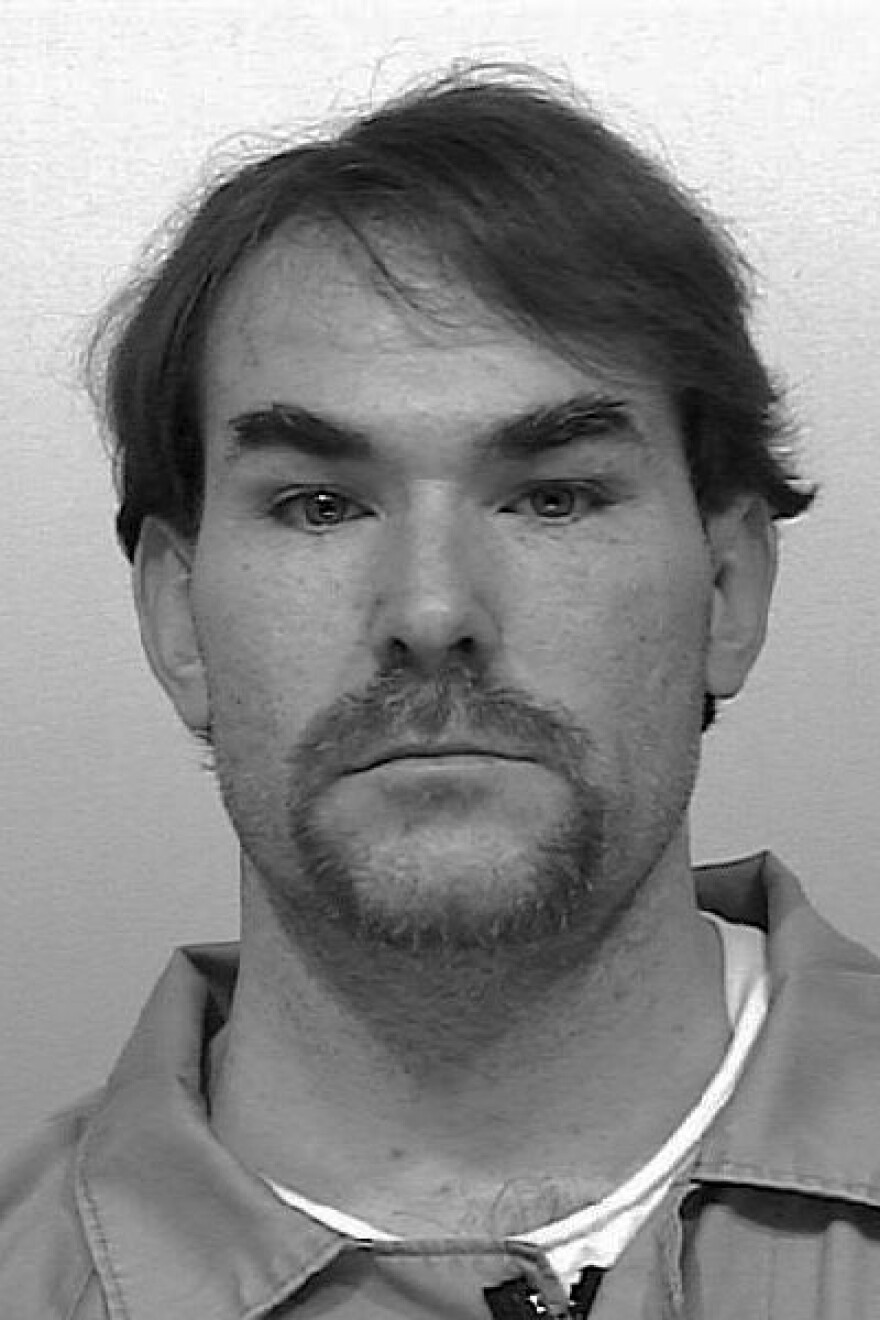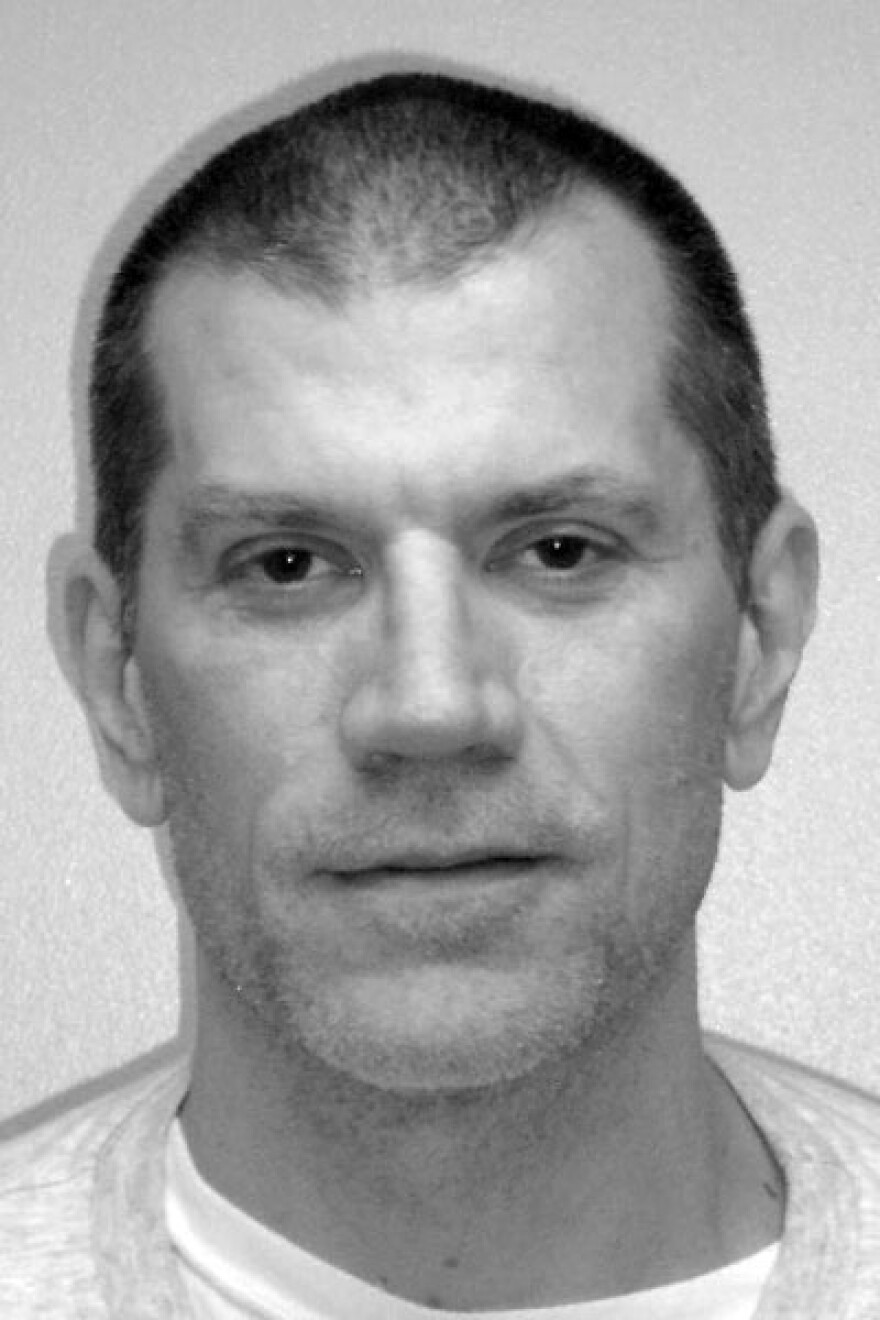In 2014 and 2015, Washington's prison system experienced a spike in inmate suicides. During those two years 11 inmate deaths were ruled suicides, giving Washington one of the highest prison suicide rates in the country.
Richard Billings, Jr., 38
Child molestation
Sentence: 144 months

Since his 2010 arrival in prison, Richard Billings, Jr. had been identified as having mental health needs and had a history of more than 20 suicide attempts throughout his life. Billings was put on suicide watch for threatening to kill himself and his cellmate.
But four days before his death, and without his primary therapist’s knowledge, he was moved to a single cell in a medium security unit at Stafford Creek Corrections Center. That therapist told investigators he should not have been placed in a single cell given his past suicidal thoughts.
Just before he died on January 13, 2014 he sent his parents a last will and testament. They in turn wrote a letter to the prison superintendent expressing concern, but that letter didn’t arrive in the superintendent’s office until the day after he was found hanging in his cell.
Billings also left behind a 45-page manuscript about his intention to hang himself.
Tony Willoughby, 48
Aggravated murder
Sentence: life without parole

Tony Willoughby's life sentence was for robbing and murdering an 87-year-old woman in 1986. Willoughby had been in prison for nearly 27 years at the time of his death and was described as a quiet and low key inmate who worked on an inmate maintenance crew.
Upon entering prison in 1987, a mental health screening mentioned the possibility of suicidal intentions. But subsequent screenings over the intervening years and decades had not revealed any concerns about suicide. A fellow inmate at Airway Heights Corrections Center said Willoughby was happy and joking at dinner the night before he hanged himself on April 7, 2014.
Investigators concluded this was "an unfortunate incident that occurred without any warning signs" from Willoughby.
Morgan Bluehorse, 29
Burglary
Sentence: 15 years

Upon his arrival at Airway Heights Corrections Center in May 2014, Morgan Bluehorse went through an intake process and denied having suicidal thoughts. The next day he was placed in segregation for his own protection after he was threatened by other inmates in the recreation yard.
Earlier in his prison term Bluehorse had been designated as a mental health inmate. He reported two suicidal acts as a child, including an attempted hanging when he was 12. However, there was no evidence that he was suicidal in prison.
Generally, prison staff who encountered Bluehorse described him as a quiet, polite inmate who kept to himself and liked to read in his cell. Several were shocked to learn he had hanged himself on May 29, 2014, the day after his arrival at Airway Heights.
Chance Kidder, 19
Theft of motor vehicle
Sentence: 14 months

Chance Kidder arrived at Airway Heights Corrections Center on a motor vehicle theft conviction after he was terminated from a work release program. He was described by staff as quiet, young and small. There was some concern about his vulnerability in prison.
A few days before his death, Kidder was assaulted by another inmate and received stitches for a bloody lip. Kidder lied and said it was a basketball accident, and was placed in segregation for lying.
On August 18, 2014 Kidder met with prison staff to discuss his upcoming release. As a result of the fight, he was facing the loss of 10 days of "good time" which would delay his release. That night he was found hanging in his cell.
Many staff members said there was no indication Kidder was suicidal. However, he did have a history of self-harm that prison staff was not aware of.
Nicholas White, 31
Unlawful Possession of a Firearm
Sentence: 1 year

His first time in prison, Nicholas White had been categorized as a higher level mental health inmate. His second time, he was given the lowest designation after reporting no mental health issues. Four days after he was sent to the Washington Corrections Center, White submitted a request for a mental health appointment and indicated that he wanted to resume taking his medications.
The following day he made another request for a mental health appointment, this time stating that he wanted to get back on his medications "ASAP."
On October 16, 2014, White had an appointment to meet with a mental health clinician the day of his suicide, but prison staff likely hadn’t informed him. That morning White’s cellmate told prison that White was considering suicide.
When officers went to check 15 minutes later they found White hanging by a sheet from the cell vent. Officers had to use a "cut-down knife" to lower him to the ground and begin CPR although he was clearly deceased.
White left behind a letter for his girlfriend.
Keith Neal, 43
Rape of a child
Sentence: 3 years

On November 25, 2014 Keith Neal was recognized at a Washington Corrections Center event for his work in an inmate transition program called TOPS. But at the same time he was also under investigation for inappropriate use of the computers in the prison’s education department.
That night Neal wrote a series of letters to his mother, his cellmate and the Department of Corrections; the letter to the Department complained about a lack of mental health treatment.
The next morning Neal was found unresponsive in his cell. He had bled out from a self-inflicted cut to his left arm and was declared dead at 7:26 a.m. following efforts to revive him.
His death came as a shock to staff who reported that Neal took full advantage of prison programming and seemed among the least likely inmates to be at risk for suicide.
Oscar Garcia-Pacheco, 34
Murder
Sentence: 22 years

Oscar Garcia-Pacheco was described as a quiet inmate who kept to himself. Staff reported no signs that he was suicidal, but Garcia-Pacheco had a long history of suicidal behavior and tendencies.
He had been put on suicide watch in county jail, attempted suicide by cop at the time of his arrest and, according to news reports, had planned to commit suicide following the murder of his wife.
Upon Garcia-Pacheco's arrival at the Washington Corrections Center in September 2014 he was put under close observation and briefly assigned an S3 mental health rating, indicating serious mental health issues. However, staff failed to conduct a complete a full mental health appraisal.
In October 2014 Garcia-Pacheco was moved to the Washington State Penitentiary in Walla Walla. In November he saw a prison therapist who described him as "cheerful" and "doing well." She downgraded his mental health status to the lowest level and recommended that his medications be discontinued even though she had not reviewed his medical record.
Just after 6:30 a.m. on January 5, 2015, Garcia-Pacheco was found hanging in his cell.
Nathen Bennett, 23
Murder
Sentence: 15 years

Nathen Bennett was described as "very mentally ill"with a history of suicide attempts outside of his time in prison.
In February 2015 at Monroe Correctional Complex he assaulted another inmate, whom he viewed as a bully, with two pencils causing superficial wounds. As a result of that assault, he was placed in segregation and screened for suicidal tendencies before being assigned to a different living unit.
Despite his mental health symptoms and relative isolation, a prison psychologist said "of all of our offenders, he was one of the last on my list of people" to commit suicide.
On February 27, 2015 Bennett had received a visit from his father and brother and was seen laughing and in an apparent good mood. Just before 1:00 a.m. the next day he was found hanging from a bed sheet in his cell in the Special Offender Unit at Monroe. He tied the sheet to the base of the toilet in his cell and draped it over the shower partition.
Prison staff cut him down, put him in wrist restraints and began life-saving efforts. Bennett was still breathing and had a pulse, but later died at the hospital after he was taken off life support.
Jason Williams, 41
Burglary
Sentence: 5 years

Fellow inmates at the Larch Corrections Center described Jason Williams as laid-back. He had no history of self-harm or suicidal tendencies according to prison mental health records.
He was reportedly frustrated with having been placed in segregation in the Secured Housing Unit. But still, staff reported that in March, Williams seemed happy; on March 26, 2015 he had played scrabble and cards with a visitor.
But two days later, inmates in the Secured Housing Unit reported that staff had not completed wellness checks on inmates and that no staff had visited for several hours.
Just before 5:00 p.m. Williams was found hanging by his orange jumpsuit which had been tied to the top of his bunk bed ladder. He was pronounced dead half an hour later.
Sean Sawyer, 48
Robbery
Sentence: 14 years, 3 months

Sean Sawyer was a bank robber who had been shot by Tacoma police. He had chronic pain and had been on pain medication for most of his time in prison. In the spring of 2015 doctors ordered him taken off pain meds.
According to Sawyer’s cellmate at Airway Heights, Sawyer was able to obtain marijuana and meth while in prison and regularly got high. At one point Sawyer told his cellmate "I'm tired of this," which the cellmate took to mean he was tired of prison. The prison system had no record of any mental health concerns about Sawyer but his sister contacted a prison classification counselor noting that he was acting differently in communications she had with him.
On the Friday before the last weekend in May staff at Airway Heights Corrections Center conducted a suicide drill and training. That same weekend Sawyer was expecting a visit from his mother and stepfather. But just after 4:00 a.m. on Saturday May 30, 2015, Sawyer's cellmate pressed the distress button in his cell. When staff arrived they found Sawyer lying face down, unresponsive in a pool of blood.
He was transported to a local hospital where he was later taken off life support. A Department of Corrections investigation found Sawyer’s arm had been cut with a razor blade. One of the corrections officers who responded called it a "horrific scene."
While the Department of Corrections considered Sawyer’s death a suicide, the Spokane County Medical Examiner’s ruled the death "undetermined."
Robert Covarrubias, 35
Murder
Sentence: 34 years, 8 months

During his time in prison Robert Covarrubias had committed numerous serious infractions and was often placed in segregation. In 2015 Covarrubias was placed on close observation status at the Monroe Correctional Complex numerous times; this is usually reserved for suicidal inmates.
Inmates later told investigators Covarrubias had spoken of suicide. In September 2015 he was in segregation following a fight with another inmate.
On September 2, staff checked on him around 7:00 p.m. They were supposed to check every 30 minutes, but they didn’t, and that was the last time they saw him alive. Just before 9:00 p.m. Covarrubias was found hanging from the shower in his cell. Staff removed him from the cell, restrained him and initiated CPR. He was pronounced dead about half an hour later.
Some inmates told investigators Covarrubias may have been goaded into killing himself by another inmate. The investigation also noted he had written a message on the back wall of his cell, but that staff had not noticed and missed an opportunity to intervene.


